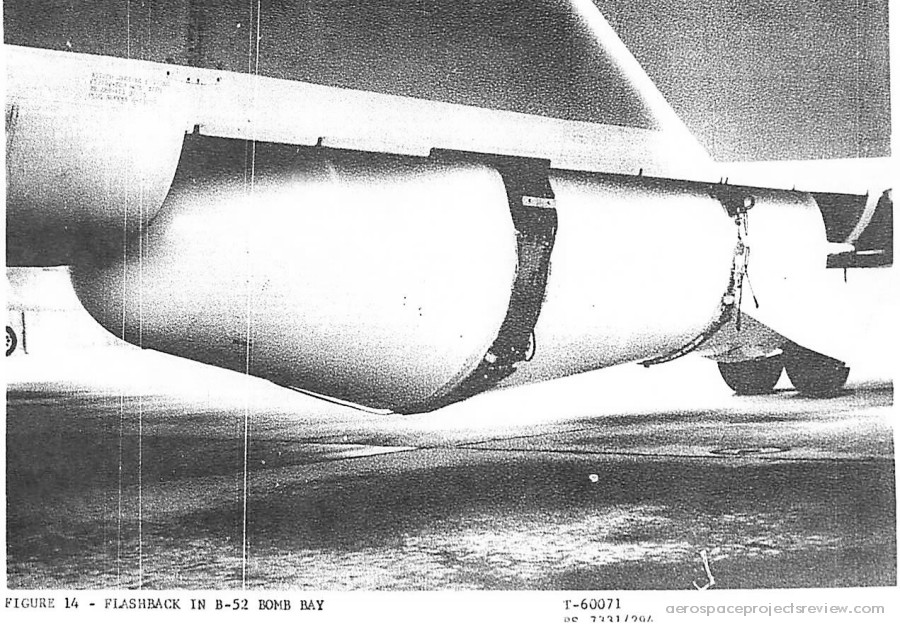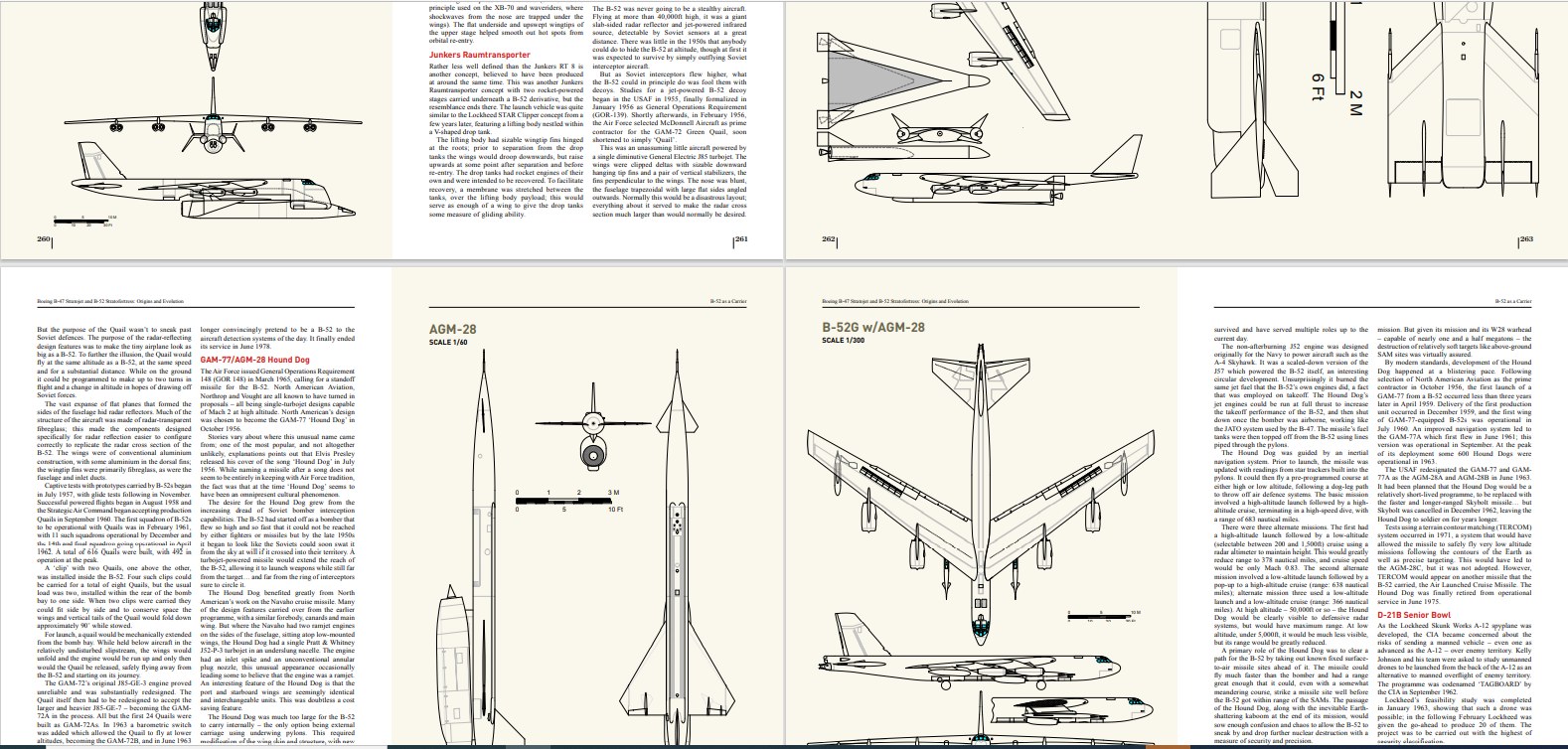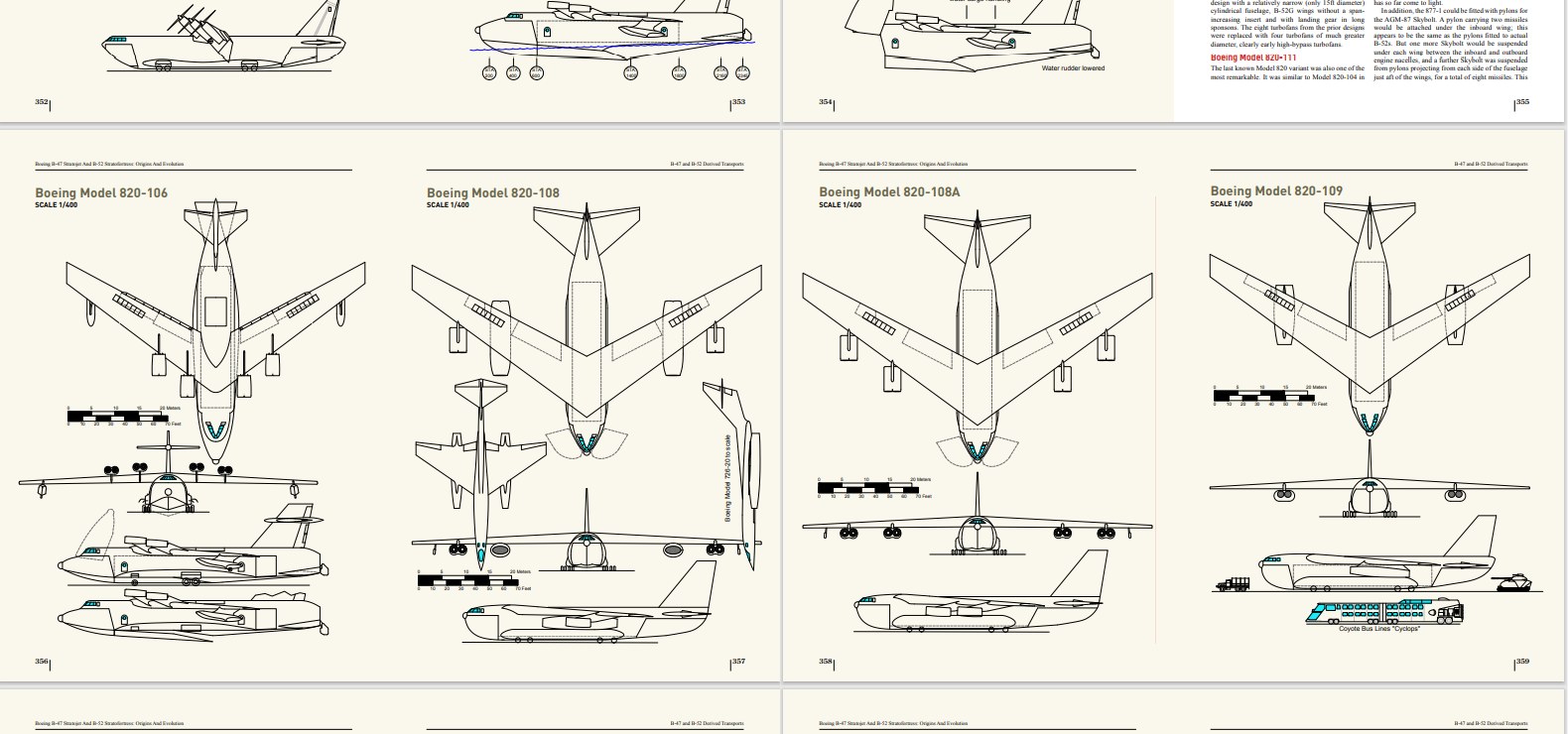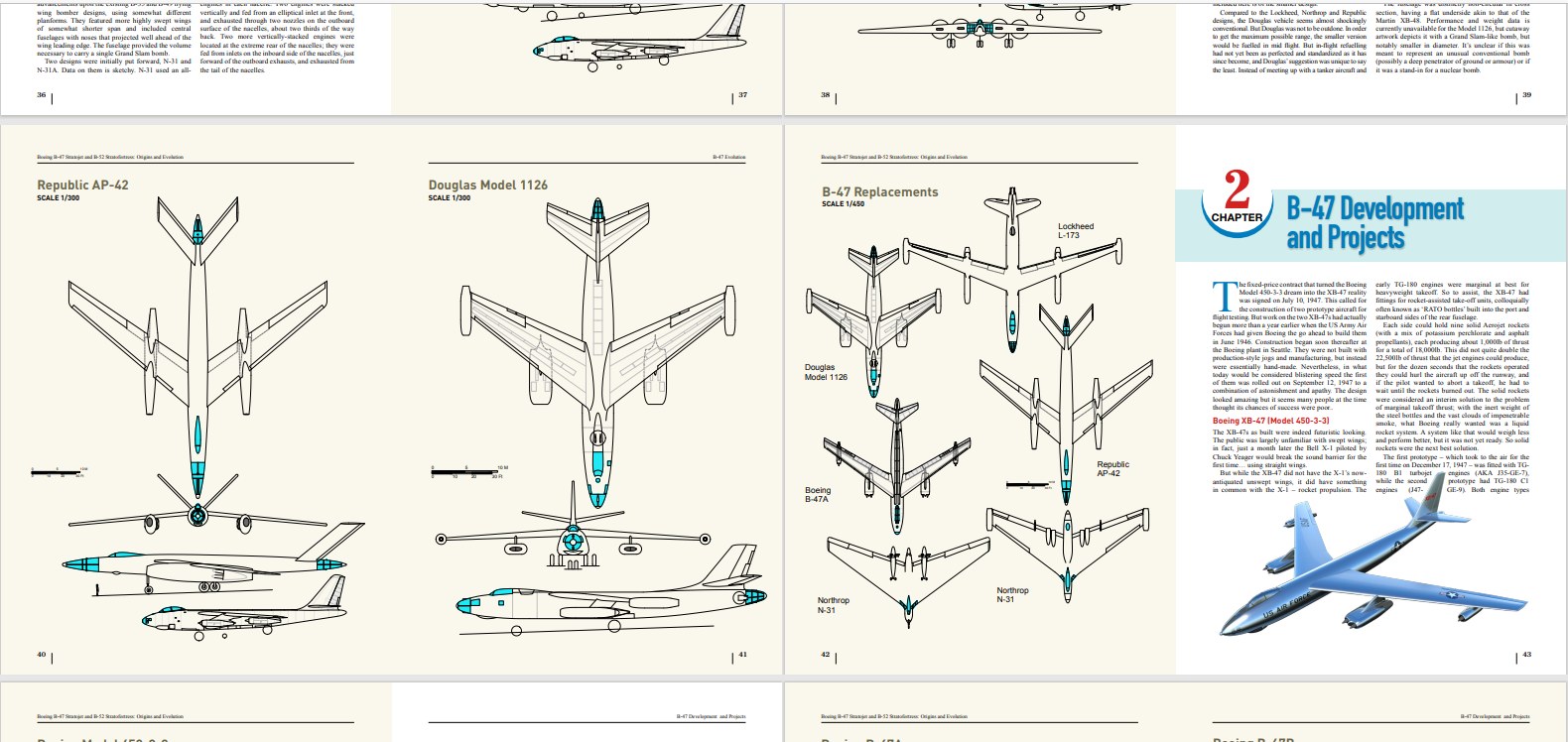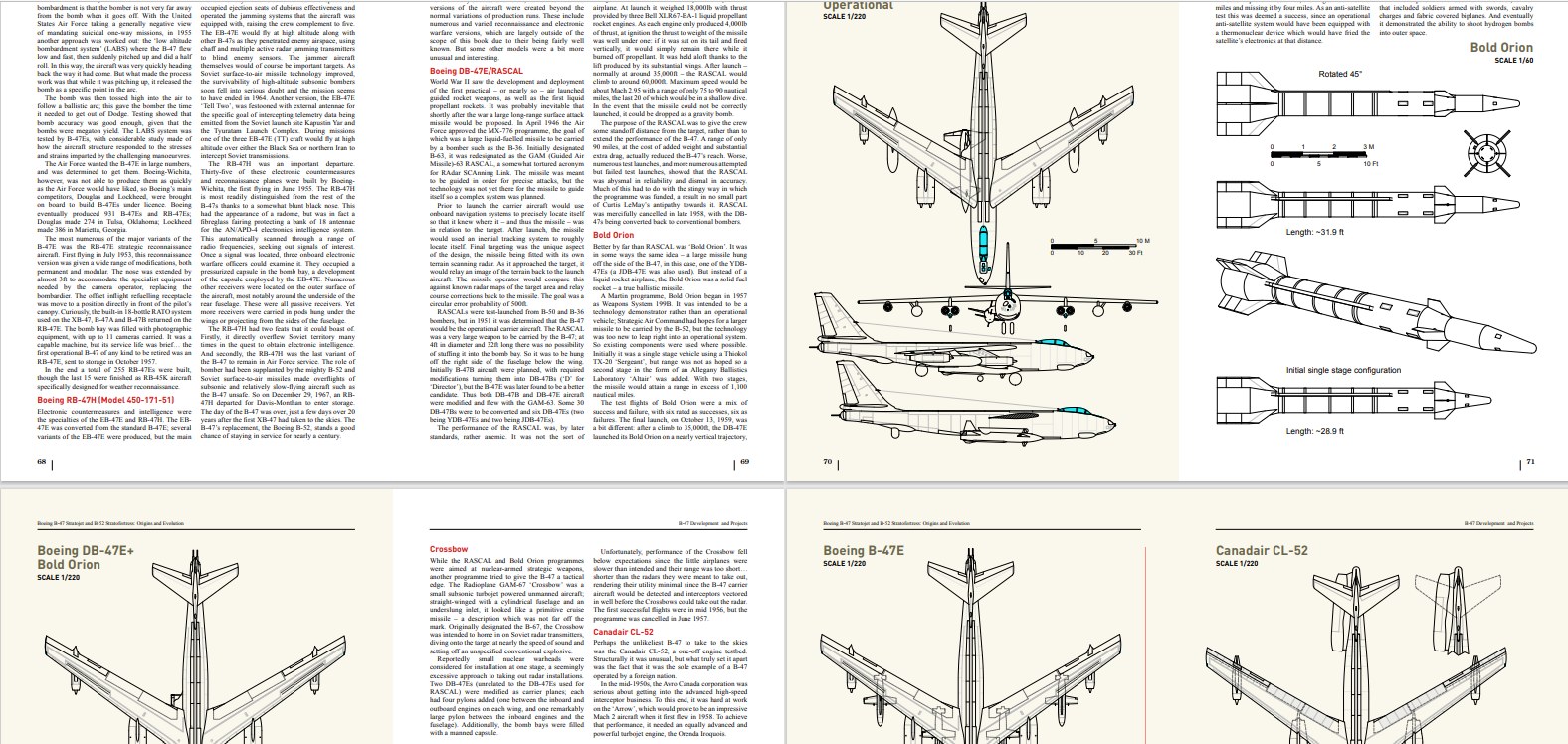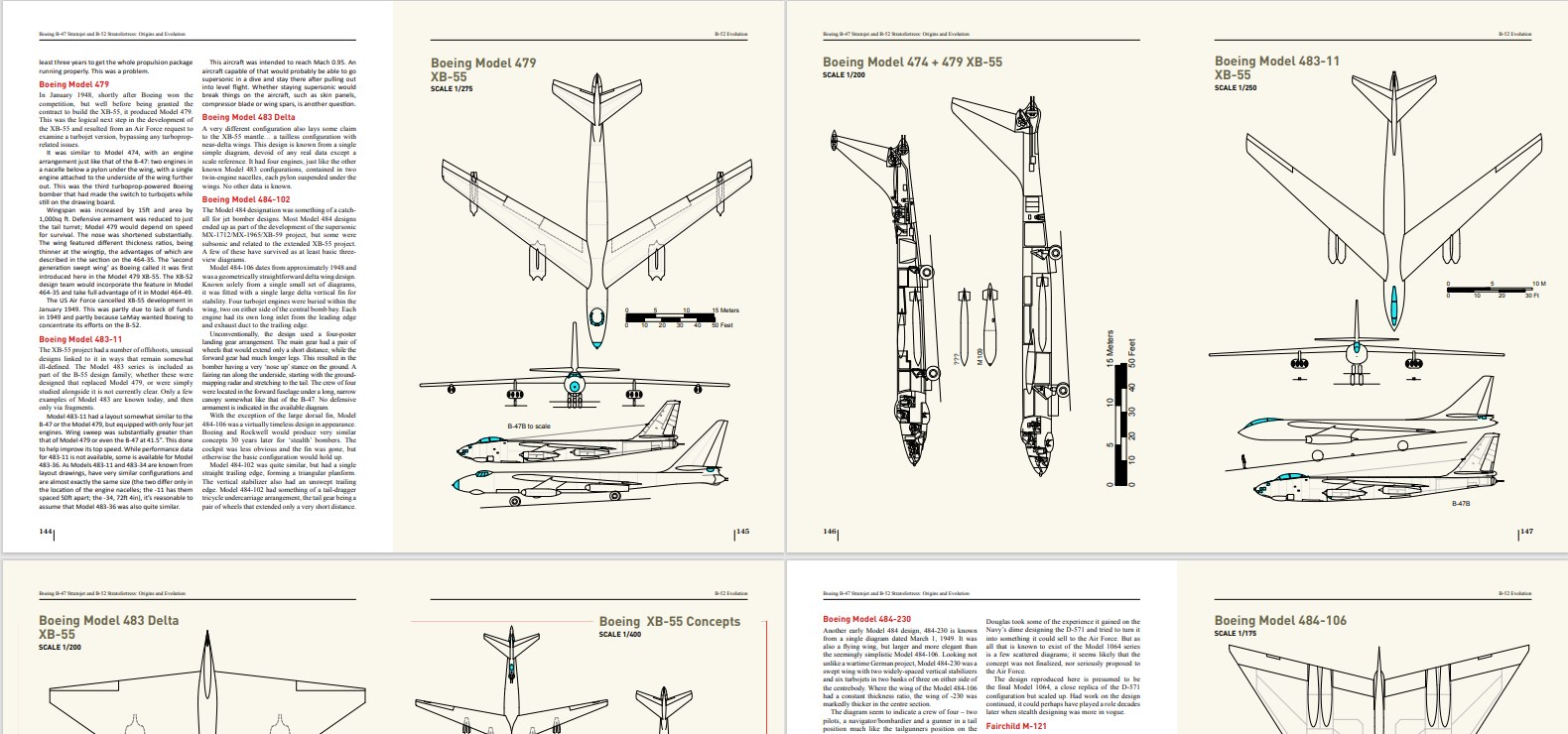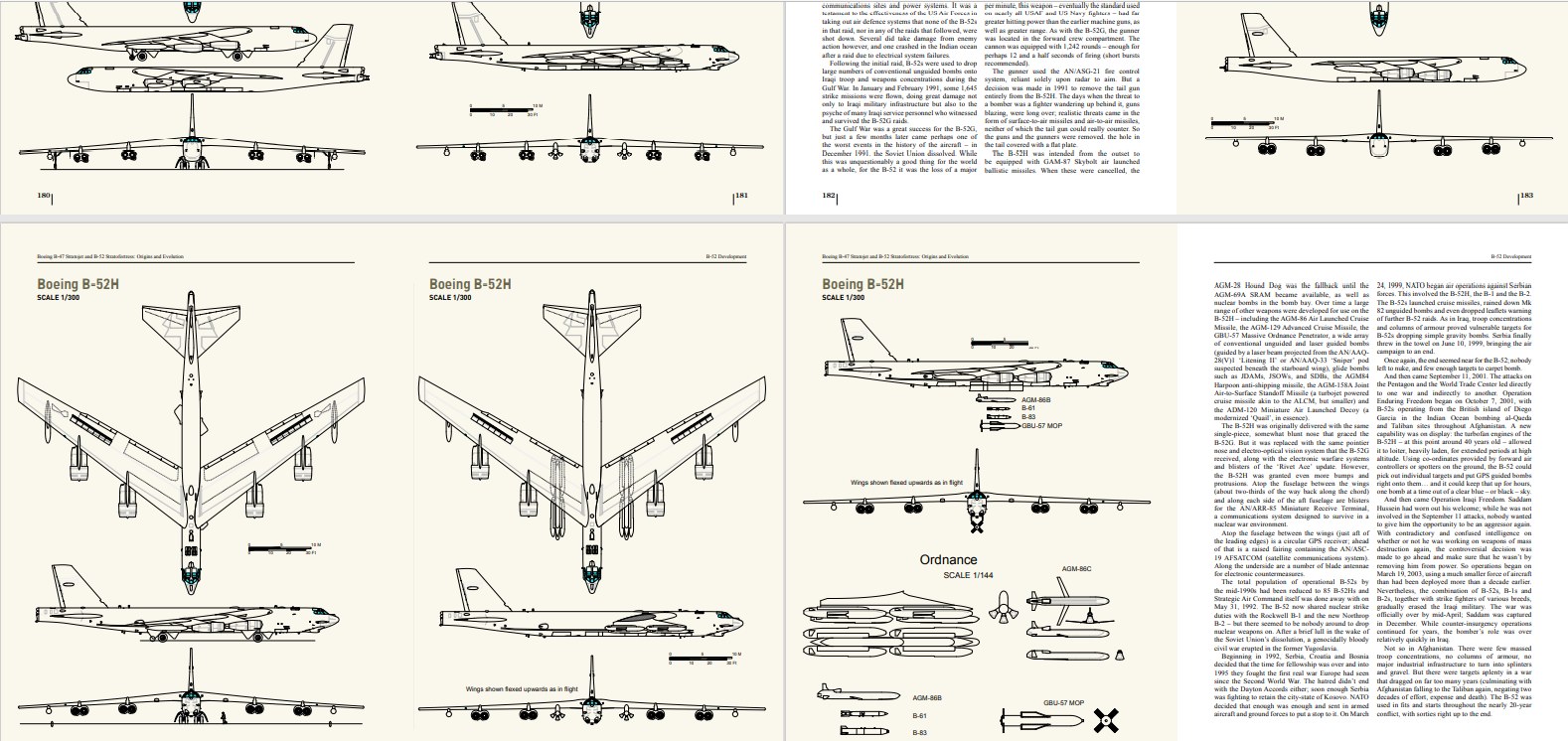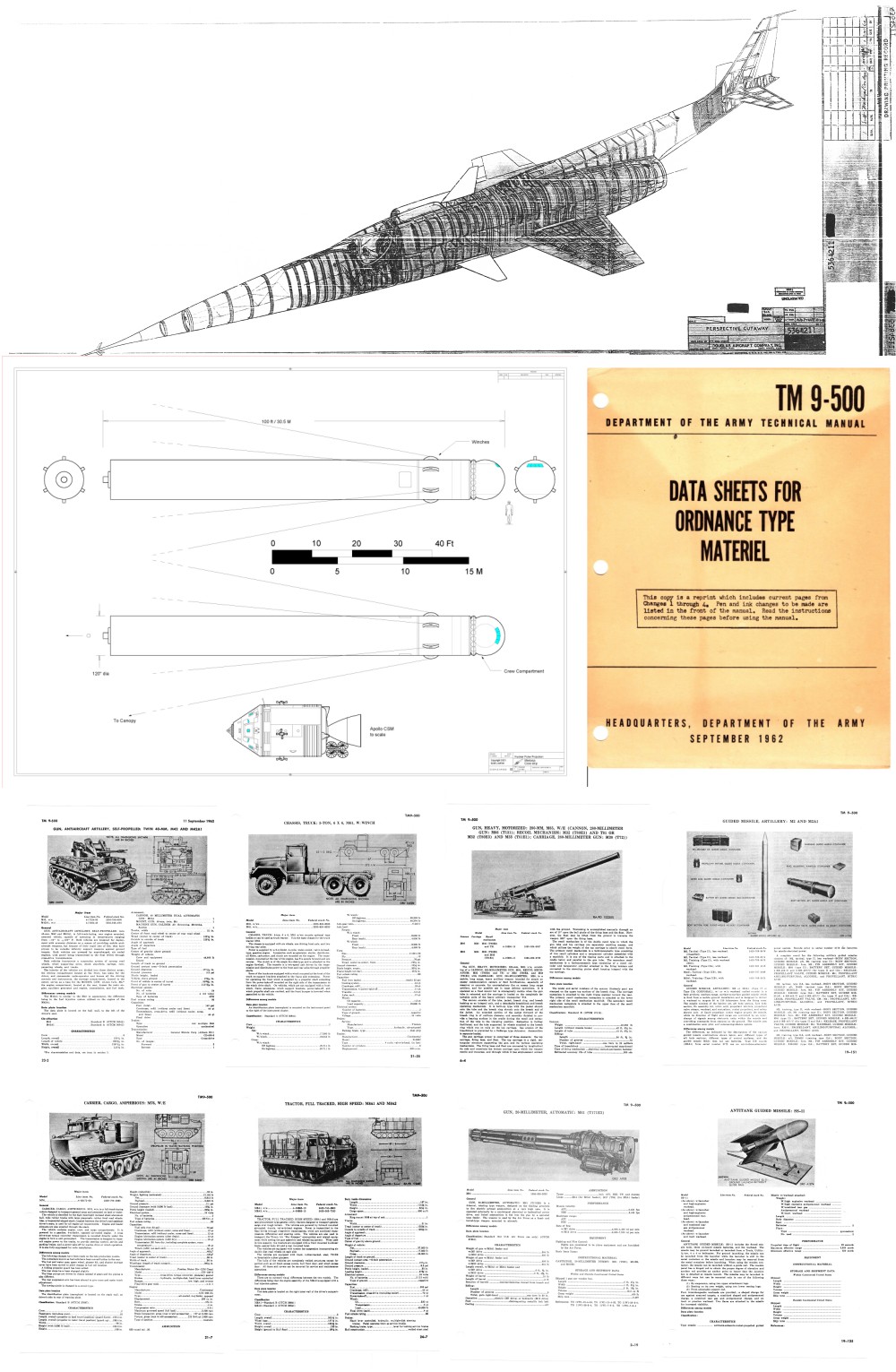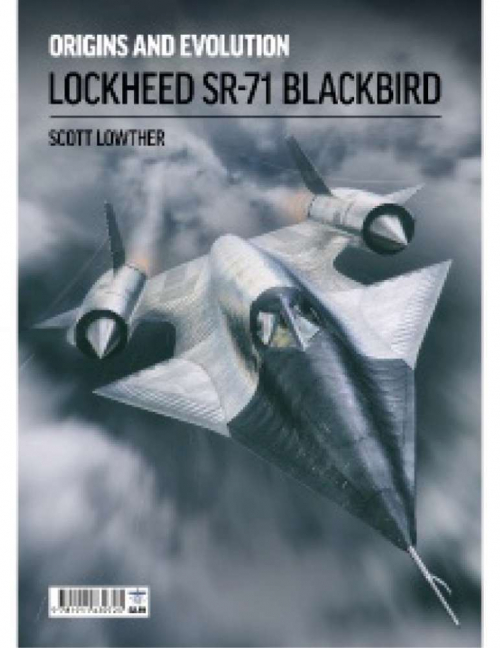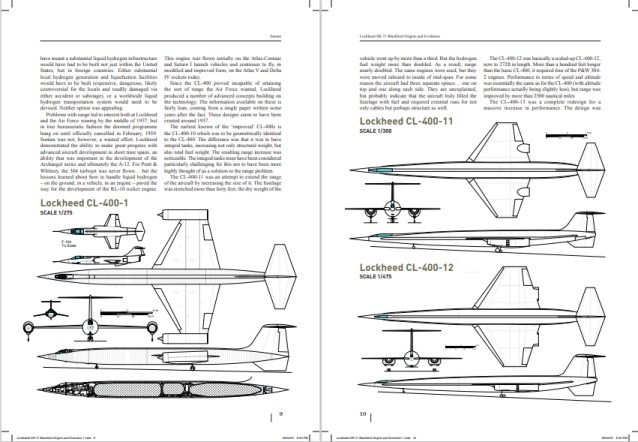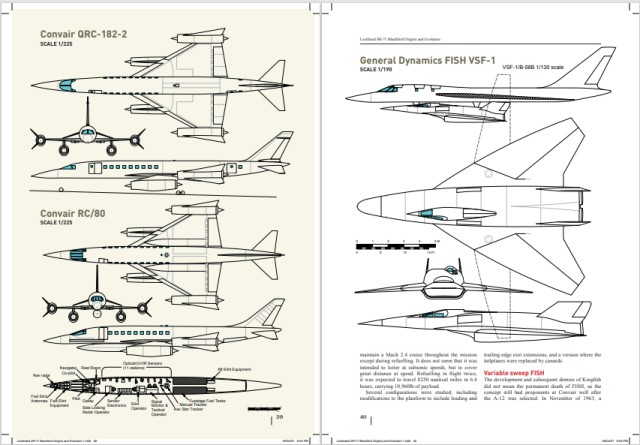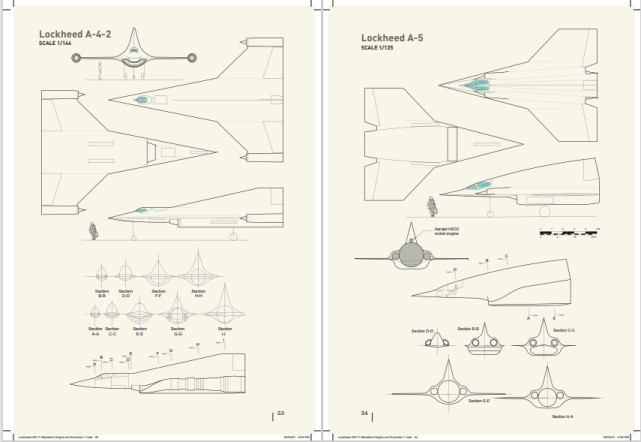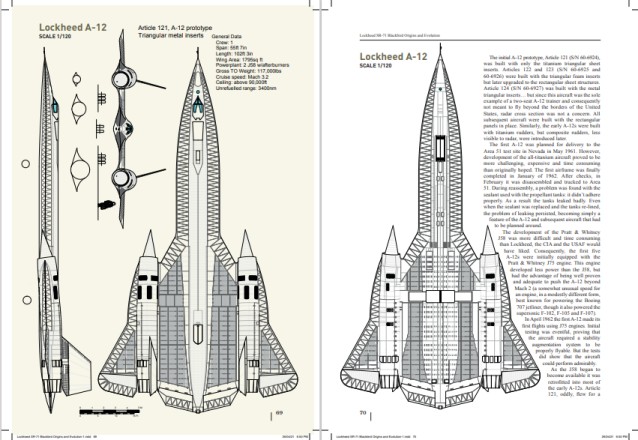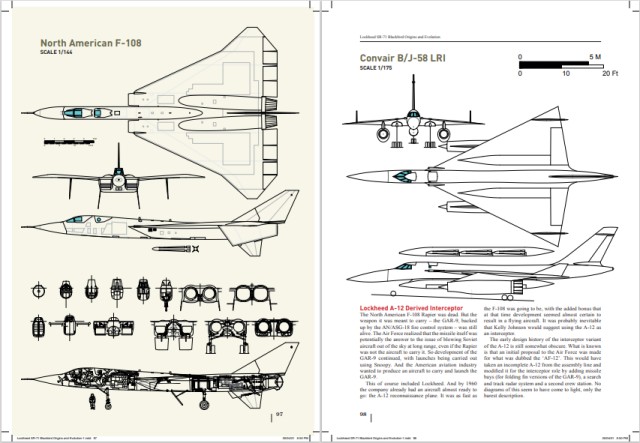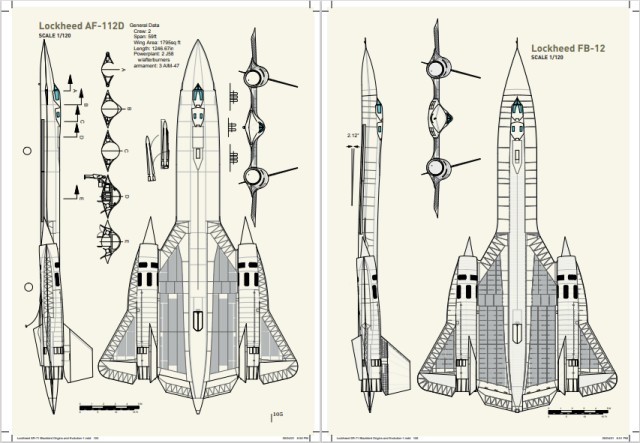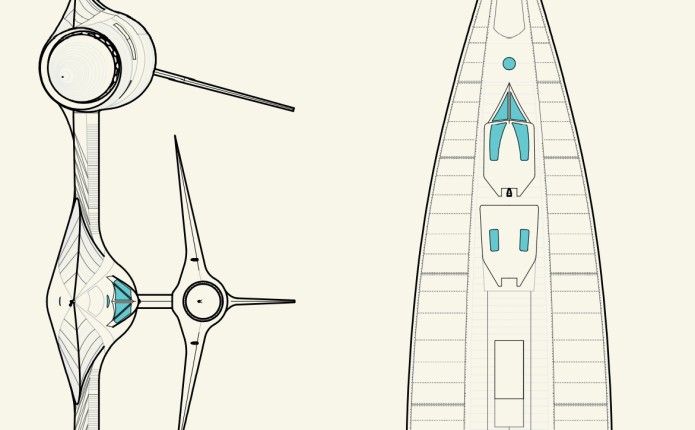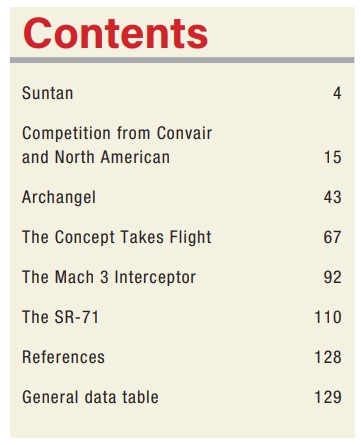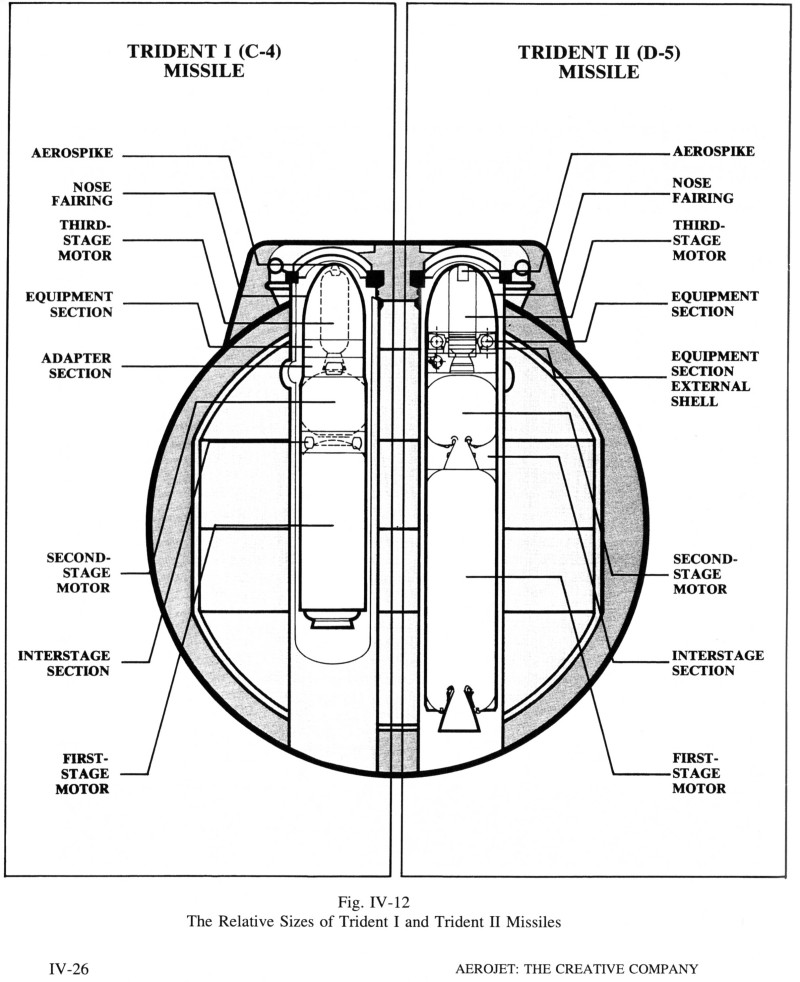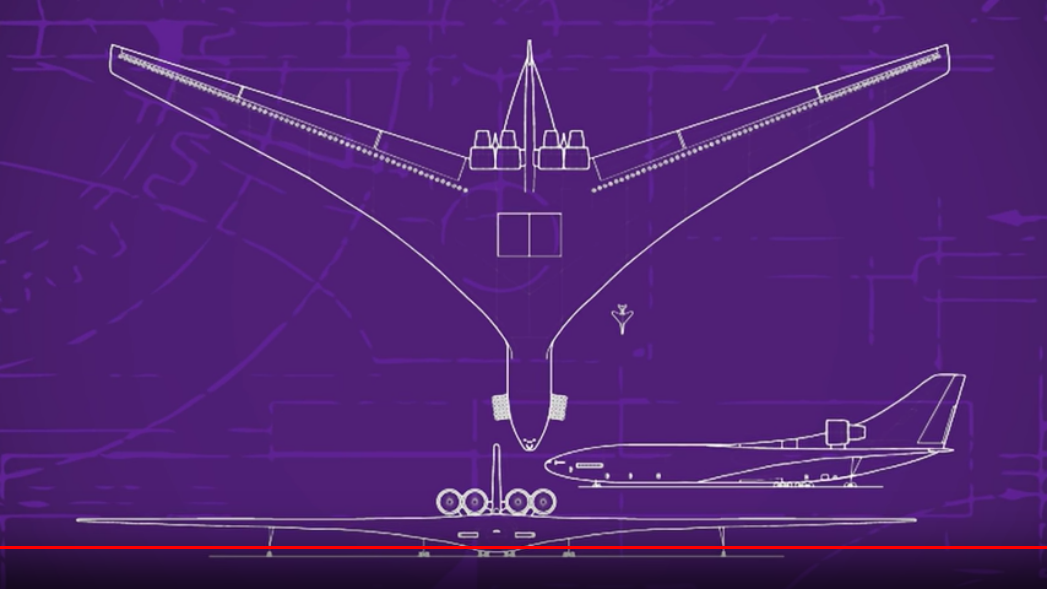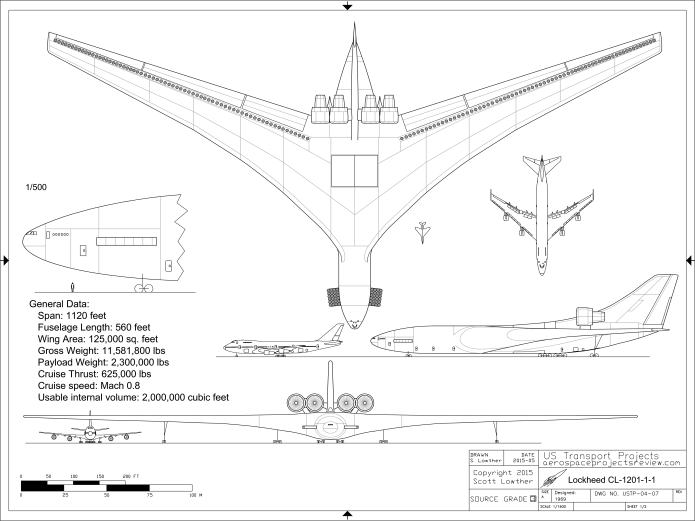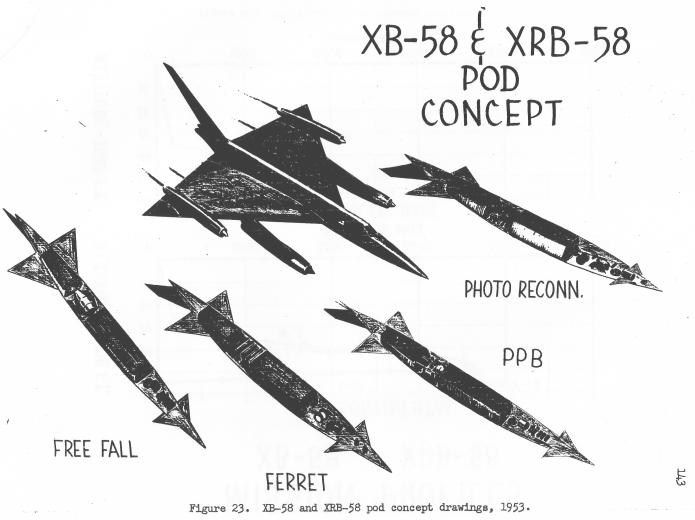Almost four years ago I posted about a project known as “Flashback,” a vaguely-described mid 1960’s program to carry and drop a giant *something* from a B-52. What it was, exactly, was not described with any clarity, but there were enough clues that I tentatively speculated that it was a design for an American “Tsar Bomb” with a yield of fifty or more megatons. To my knowledge I was the first person to yap about it publicly. I sent what I’d found to a few atomic and aerospace researchers to see if they knew anything. At the time, they were as mystified as I was.
Today there’s less mystery. I was contacted by one of the researchers I had contacted back then, letting me know he’s writing an article to appear in a month or so in the Bulletin of the Atomic Scientists, covering Flashback among other things. He has Found Some Stuff. In short… Flashback was a design for a 50 to 100 megaton hydrogen bomb.
Giggitty.
